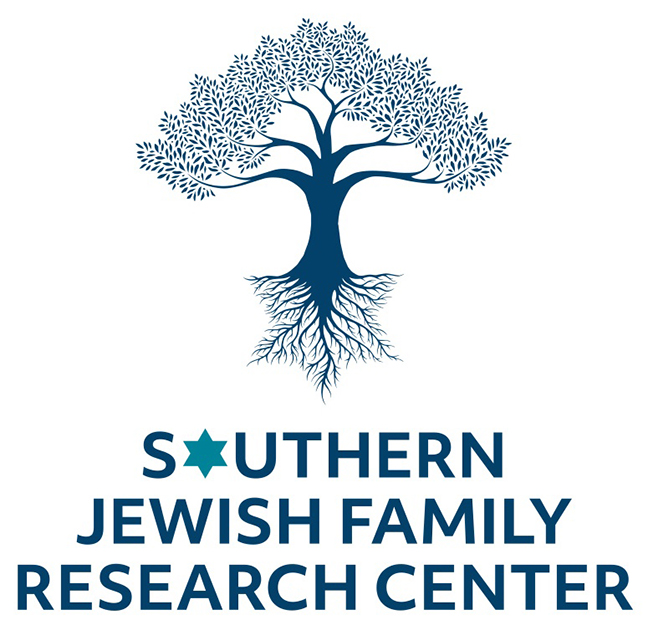MSJE set to open Southern Jewish Family Research Center

Three years after opening its doors in New Orleans, the Museum of the Southern Jewish Experience will cut the ribbon on its first major expansion, on Nov. 7.
The Southern Jewish Family Research Center will be located on the museum’s third floor. The 2,500 square foot center will have five distinct spaces devoted to different aspects of family history.
The reference library will be a repository for materials donated to the research collection, including published works, reference materials, individual family genealogies and community histories. The archive will house the most sensitive items, making them accessible to researchers and the public.
The conservation room will be where museum staff will conserve, catalogue, digitize and prepare archival material for exhibition and online accessibility.
The oral history studio will be for preserving interviews, and also serve as a distance learning studio to videoconference with classrooms all over the country.
A special exhibition gallery will house changing exhibits and traveling exhibits.
The Center is the realization of the MSJE’s vision for the museum’s expansion. “Since we opened the museum three years ago, countless people have asked us to help them discover more about their Southern Jewish family history,” said Executive Director Kenneth Hoffman. “The programs and services that we offer in this new Center will help us do just that.”
Several families across the South supported the project financially.
The preservation and digitization suite is made possible through the Perlin Family Foundation, led by Rabbi Amy and Gary Perlin. Rabbi Perlin is featured in the museum as the first female rabbi in the United States to start her own congregation, Temple B’nai Shalom, in Fairfax Station, Va., in 1986. The family has previously provided major museum and archival support to the American Jewish Archives of Hebrew Union College-Jewish Institute of Religion, the Colonial Williamsburg Foundation, and the Smithsonian’s National Portrait Gallery, most recently funding the acquisition of American Jewish portraits. “As proud Virginians, we feel it is important to preserve and share the 370 year old American Jewish story,” says Rabbi Perlin.
The Center’s goal is to fully digitize its archival collection, eventually making it available to researchers and the public online.
The reading room and library has been named for Ben May (1889-1972), a son of Alsatian Jewish immigrants who became a successful businessman and philanthropist in Mobile. May’s philanthropy included funding Mobile’s main library, the Ben May Department for Cancer Research at the University of Chicago, and even funding Sir Alexander Fleming’s research on penicillin. “As one of the museum’s earliest supporters, the Ben May Charitable Trust is proud to be part of this exciting expansion, and to help keep the legacy of Ben May’s Southern Jewish experience alive,” says Ben May Trustee Lynette Perlman Koppel.
Besides books and journals on Southern Jewish history and culture, the library features a large collection of Southern Jewish congregational cookbooks and a growing collection of family genealogies, previously unavailable to the public.
Additional key support for the project came from Joanne Fried of Metairie and Ivan Sherman of New Orleans.
“Jews have been an important, but lesser known part of Southern history from colonial times up to the present day,” says Hoffman. “The museum, and now the Southern Jewish Family Research Center, is part of our on-going conversation with those who came before us and those who will come after. Ultimately, that conversation can expand our understanding of what it means to be an American.”
A temporary exhibit, “Greetings from Main Street – Southern Jewish Postcards from Our Collection,” will be on view in a new special exhibition gallery, adjacent to the Center. It will feature postcards from many of the 13 states the museum covers, spanning most of the 20th century and showing the variety of ways Southerners encountered the Jewish presence in their communities on a daily basis.
The museum was first established in 1986 at the Henry S. Jacobs Camp in Utica, Miss. It expanded into the Goldring/Woldenberg Institute of Southern Jewish Life in 2000, which provides Judaic services to Jewish communities in a 13-state region.
The museum closed in 2012 as the camp needed the space, and the museum was largely inaccessible for larger levels of tourism. It was spun off by the Institute into a separate entity, and New Orleans was eventually selected as the new home. In 2019, the museum’s collection made its way from Mississippi to New Orleans, and the museum opened in 2021 after a Covid delay.
The ribbon cutting celebration will be on Nov. 7 from 5 to 7 p.m. Reservations are required.



